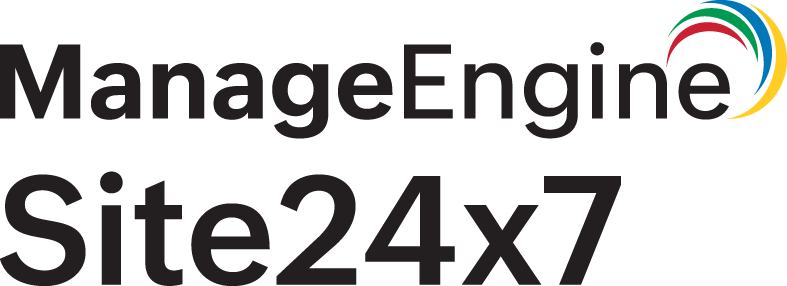Service-level management
What is service-level management?
Service-level management (SLM) is the process of defining, monitoring, and managing service performance to ensure it meets agreed-upon service levels. It helps organizations track service quality through service-level agreements (SLAs), ensuring that IT services remain reliable, efficient, and aligned with business objectives.
The key benefits of SLM and why you need it
SLM ensures IT services meet business and customer expectations by monitoring uptime, response time, availability, and other metrics. It reduces downtime, improves issue resolution, and enhances transparency through SLAs, SLOs, and reports.
Key benefits
- Reliable services: Ensures IT operates within agreed thresholds.
- Tracks real-time data: Tracks real-time service data.
- Customer trust: Builds customer confidence by helping meet SLAs.
- Data-driven decisions: Optimizes services with SLA reports.
- Service-level focused timelines: Ensures timely service delivery.
- SLA and SLO reports: Provides insights to track compliance and performance.
Understanding SLA, SLO, and SLI
| Terms | Description |
| Service-level agreement (SLA) | A formal contract between an organization and a customer that defines the expected service levels and performance commitments. |
| Service-level objective (SLO) | A measurable goal of the system within an organization based on an SLA, such as maintaining a defined percentage of uptime. |
| Service-level indicator (SLI) | A KPI that is used to evaluate whether SLOs are met, such as response time or error rate. |
Supported services
Site24x7 allows you to set and manage your services:
SLA: Set SLAs for monitors and monitor groups, and generate detailed reports to verify if they meet the expected service levels.
SLO: Define SLIs based on availability and performance, then create an SLO for your service within a predefined time window.
